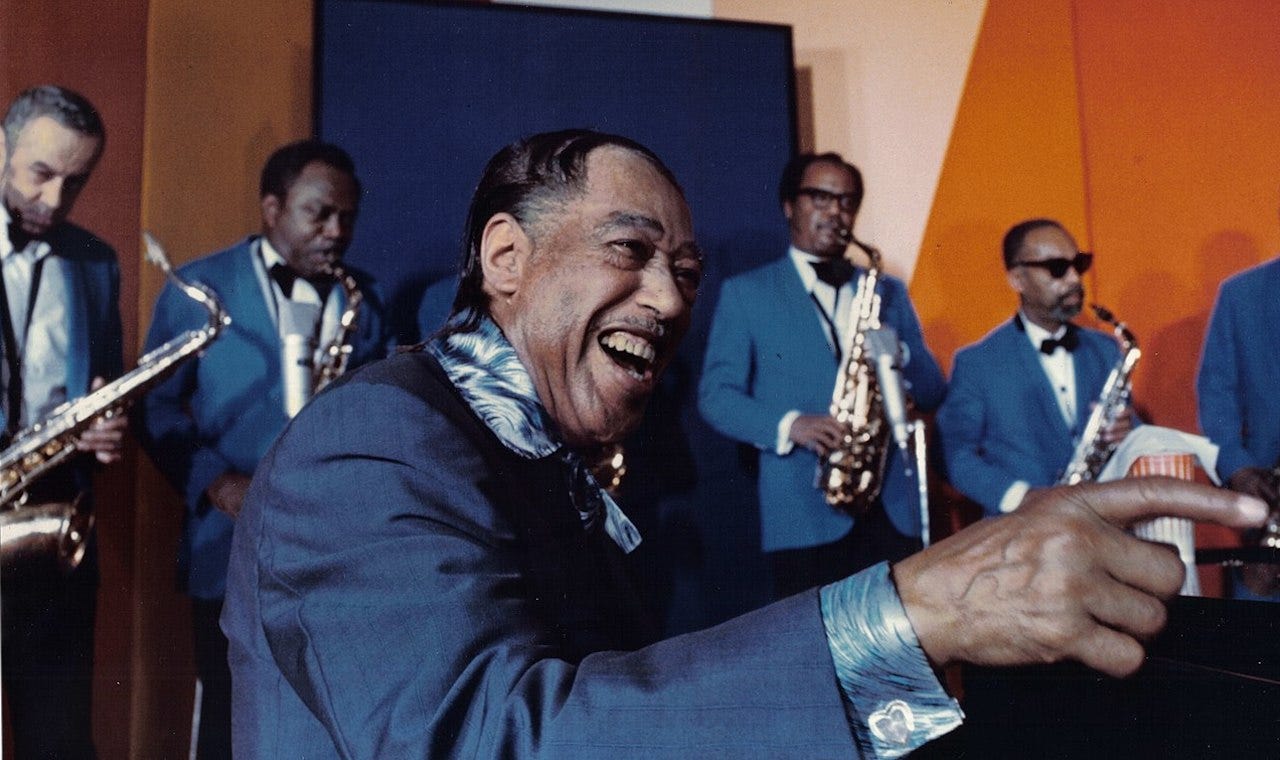“There’s only two kinds of music. . . . Good music and the other kind.”1 So said one of America’s most prolific composers, Edward Kennedy “Duke” Ellington.
Although famous for his jazz compositions, Ellington wrote in many musical genres. He composed seventeen hundred pieces, ranging from romantic ballads and pop tunes to ballets, operas, Broadway shows, …
Keep reading with a 7-day free trial
Subscribe to The Objective Standard to keep reading this post and get 7 days of free access to the full post archives.




